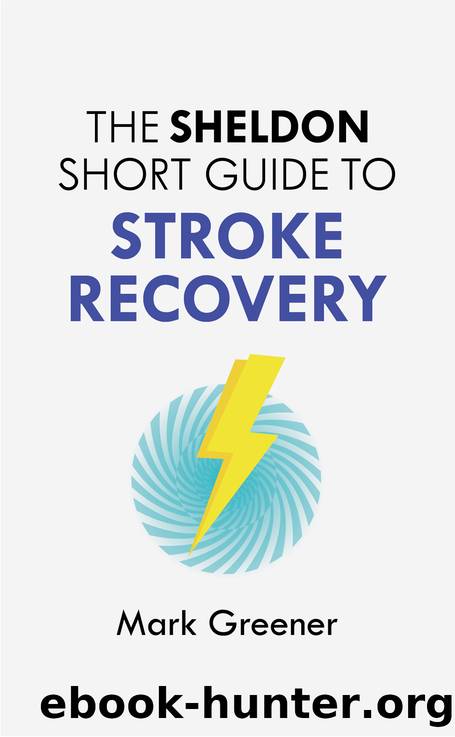The Sheldon Short Guide to Stroke Recovery by Mark Greener

Author:Mark Greener [Greener Mark]
Language: eng
Format: epub
ISBN: 9781847094025
Publisher: John Murray Press
Source: Adapted from the Stroke Association
Movement problems
Almost nine in every ten people who experience an ischaemic stroke develop motor (movement) problems including:
â¢hemiplegia â weaknesses on one side of the body;
â¢hemiballism â vigorous, irregular and marked limb movements on one side of the body that typically develop around the time of the stroke;
â¢chorea â brief, non-repetitive movements that appear to move from muscle to muscle;
â¢spasticity â abnormal increase in muscle tone;
â¢dystonia â involuntary sustained twisting, repetitive movements or abnormal postures. Dystonia tends to emerge, on average, 9.5 months after the stroke but it can emerge up to three years later. People with hemiplegia often develop dystonia once their muscle strength begins to recover.
Survivors should, in general, begin to get back on their feet within 24 hours of the stroke. Immobility, even for a short time, can increase the risk of, for example, muscle wastage, movement problems, slow wound healing, problems urinating and pressure sores.
Download
This site does not store any files on its server. We only index and link to content provided by other sites. Please contact the content providers to delete copyright contents if any and email us, we'll remove relevant links or contents immediately.
The Chimp and the River by David Quammen(854)
Plague of Corruption by Kent Heckenlively(725)
Body Counts by Sean Strub(664)
The Chimp and the River: How AIDS Emerged from an African Forest by David Quammen(655)
Illness as Metaphor and AIDS and Its Metaphors by Susan Sontag(647)
Dr. Kellon's Guide to First Aid for Horses by Eleanor Kellon(618)
Borrowed Time: An AIDS Memoir by Paul Monette(603)
Inventing the AIDS Virus by Peter H. Duesberg(577)
Borrowed Time by Paul Monette(504)
I Die, But The Memory Lives On by Henning Mankell(447)
Body Counts: A Memoir of Politics, Sex, AIDS, and Survival by Strub Sean(445)
First Aid for Dogs by Dr Justin Wimpole(440)
Living with HIV by Mark Cichocki RN(329)
How to Have Theory in an Epidemic: Cultural Chronicles of AIDS (Series Q) by Paula A. Treichler(264)
My Name is Mary by Mary Fisher(257)
Last Watch of the Night: Essays Too Personal and Otherwise by Monette Paul(251)
Cross-Cultural Quality of Life by Schalock Robert L.;Keith Kenneth D.;(190)
The Sheldon Short Guide to Stroke Recovery by Mark Greener(90)
A compendium of TCM patterns & treatments by Flaws Bob 1946-(90)
